 How To Use Essential Oils Like a Pro
How To Use Essential Oils Like a Pro
Learning to use essential oils the right away can be one of the best strategies for improving your health and quality of life! Unscrew the lid of a bottle of lavender essential oil, and you will experience the aroma of thousands of fragrant purple blossoms. The oil is the abundance and energy –the essence- of these thousands concentrated into a tiny, powerful form.
The scent of lavender essential oil is described as clean, uplifting. The universal experience of this scent results from a chemical reaction it elicits in our brains. Molecules in the lavender then interact with receptors in the body triggering neurotransmitters, making us feel happier, calmer etc.
When combined with our learned memory of scents, aromatherapy can have a powerful effect on our emotions-from uplifting to intensifying to calming. The power and beauty of essential oils have made them immensely popular.
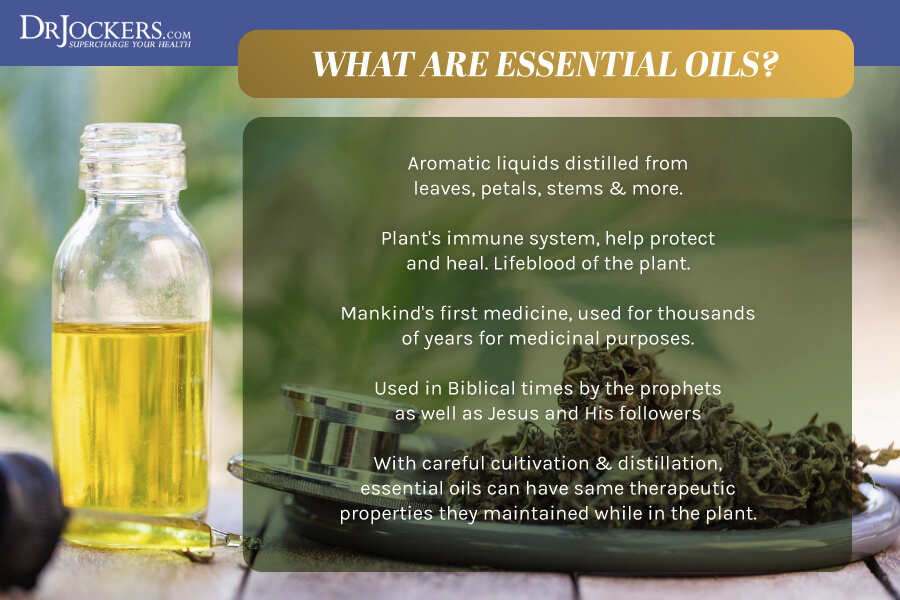
Reasons To Use Essential Oils
People use the oils for a myriad of reasons. Essential oils (EO’s) assist in:
- Enhancing feelings of well being (1)
- Support the body’s capacity to fight pain (2)
- Help disinfect and scent our living space (3)
- Repel insects and other pests (4)
- Soothing and relaxing when times are difficult (5)
Today, many people would like to use EO’s, but are not sure how to use them. This article seeks to help by providing a foundation for the use of these amazing healing oils. Once that foundation is established, the healing applications of these oils are quite abundant.
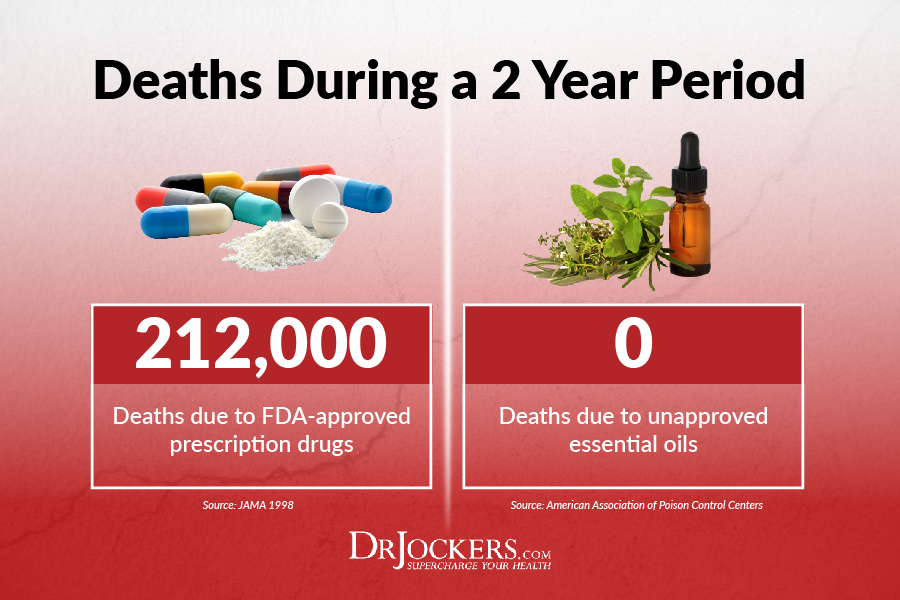
A History Of Essential Oils
Using the aromas of plants to enhance our environment, our safety, our health and our emotional well-being is as old as humankind. Like all animals, our olfactory system is one of our most powerful methods for gaining information. Sharp, pungent, sweet, earthy, rancid and beautiful aromas warn, invite and teach us.
Humans have evolved alongside the plants of the earth, rubbing their leaves, crushing their flowers and scraping their roots to learn their scents. When fresh rose petals are rubbed between the fingers, or a sprig of rosemary is minced for a meal, the EO’s from the plant are released.
As we progressed, we learned to distill, express and extract the aromatic constituents of plants-creating pure and powerful EO’s (6). Here is a fantastic image explaining the history of the use of essential oils from Ellia: Open Your Senses
Essential Oils Today
Essential oils can be found on market shelves across a wide variety of business establishments. They enhance and scent face washes and shampoo at your local supermarket. Diffusers are available at department stores and gift shops. Bottles of “pure” oils can be found at health food stores, and often at your local big box store.
But how to tell if the oil is actually “pure?” Beyond that dilemma, how can consumers know what oil to use for disinfection, and what oil to use for emotional well-being? How much of the oil should be used? Is it safe for children?
All these questions can feel overwhelming at first, and many prospective essential oil users might give up rather than proceed. This path is understandable, but beginners need not fret! Once primary methods and some basic knowledge are established, using essential oils is easy and immensely beneficial.

Four Basic Methods of Applying Essential Oils
There are four simple ways to use essential oils in your life. You may choose to start with one method and stick only with that. As all methods are safe and easy, you may also find yourself experimenting with and eventually perfecting all 4!
Aromatic use
Essential oils are inhaled or diffused into the air we breathe. This method can benefit us physiologically-for example a certain essential oil may have an anti-inflammatory effect on infected sinuses. Emotionally an oil may be mood enhancing when diffused in our living space.
Topical use
Essential oils are mixed with carrier oils like jojoba oil, grapeseed oil or coconut oil and applied to our skin as healing agents.
Ingestion
Some essential oils may be ingested as supplements. Many oils are used regularly in cooking and baking. This should only be done with the guidance of a qualified practitioner.
External Application
Essential oils are applied in various ways around the house to enhance housekeeping and laundry.

Aromatic Application Of Essential Oils:
Scented resins and oils have been used since ancient times. Residues of these plant substances were found in the tombs of ancient Egyptian pharaohs and among artifacts of ancient China and Rome. Employed aromatically by inhalation or diffusion, essential oils are used today much in the same way they were used by the ancients.
Physiology Of Aromatherapy
Inhaling fragrances activates the olfactory system in our brain, affecting our emotions and health. This physiological response leads to a chemical reaction which can invoke feelings of well-being and even help with healing and recovery from illness. While this chemical reaction is universal, it can be affected by our learned memory of scents.
For example, most people experience sweet orange essential oil as a warm, uplifting scent. However, an individual who experienced an abusive relationship with a caregiver who wore this scent may have a very different response. For this person, the smell may elicit sadness or revulsion. Strong emotional and physiological reactions to aromas of essential oils are testament to their potential as healing agents.
Potential Benefits of the Aromatic Application of Essential Oils
- Inhaling essential oils may help to clear up certain infections or inflammation.
- Diffusing essential oils can help to purify toxins and germs from environments, improving air quality.
- Myriad essential oils can be applied aromatically to support our emotional health.
- Essential oils help us relax and stress less, generating warm, loving energy in our lives.
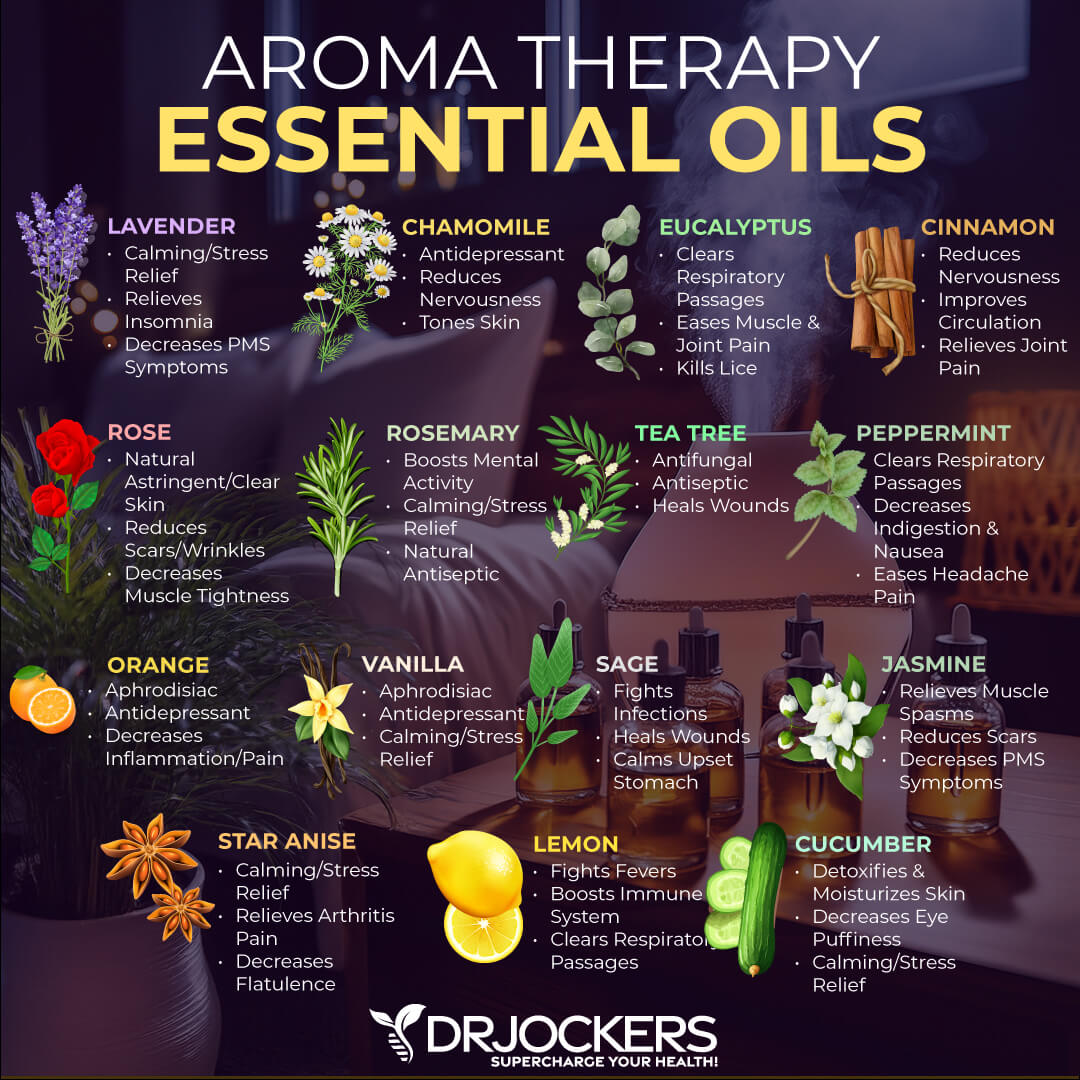
Application By Inhalation
When inhaled deeply, the molecules of essential oils interact with cells in our nasal passage to send messages to the brain. While the ancients may have attributed this response to a supernatural force, we understand today that this magic is due, in part to a neurochemical response in our nervous system.
Perhaps essential oils are so active on our emotions because the chemical response generated by them is so like that generated by emotions themselves. For this reason, essential oils are supremely suited to gently and powerfully aid in emotional struggles.
The Best Ways to Inhale Essential Oils.
- Place 15-20 drops of a favorite essential oil on a cotton ball, leaving it by your bedside to heal emotional fatigue, help you relax or sleep well.
- Place 3-5 drops of essential oil on a cloth, then fold the cloth and place it inside of your pillowcase to achieve the same effect
- Use caution here, as you will not want most oils to seep through and have too much contact with your skin. Some contact dermatitis is possible.
- Steam inhalation can be used in various ways:
- You can place several drops of essential oil in boiling water, and simply allow the steam from the boiling water to scent the room.
- In another method, place a towel over your head and deeply inhale the healing steam from the water after you have removed it from the heat.
Cautions With Steam Inhalation Of Essential Oils.
- Some oils are quite intense and over inhalation can lead to feelings of nausea, dizziness and contact dermatitis.
- You will want to close and/or cover your eyes when placing a towel over your head and inhaling stream as essential oils should never meet your open eyes.

Application by Diffusion:
Another application of the aromatic method is through diffusion. Diffusion is the controlled release of essential oils into an environment like a home or office using a device called a diffuser.
Diffusion distributes essential oil molecules through the air, making it possible for these molecules to be inhaled and to enter the body system.
Benefits of the Diffusion Method
- Diffusion can deodorize a room by clearing the air of toxins and bacteria, and leaving a beautiful aroma in their place
- Diffusers are an excellent tool in a sick room, or the room of a person suffering from illness induced by environmental toxins.
- Diffusion can reduce stress and promote rest and relaxation.
- Diffusers are especially helpful in rooms that are dry, small and lacking windows (like many offices for example), where the healing oils cleanse and freshen stale air.
The Aromatic application of essential oils is the classic method for employing the magical healing powers of these fragrant oils. Using this method, we can easily access essential oils for use in our daily life.
Cautions and Suggestion For Inhalation of Essential Oils
There are, of course, some important precautions in using this method.
- There should not be prolonged inhalation of concentrated essential oils.
- Prolonged use can lead to headaches, vertigo, dizziness, nausea, and lethargy.
- Those who use the diffusion method should ensure proper intervals between diffusions and should be sure diffusion is done in a space with proper ventilation.
- As a beginner delving into the use of essential oils, err on the side of caution; rather use less and work your way up.
- As you become more experienced, you will learn what amounts of oils work best for you.
- Keep an aromatherapy journal and note the type and amount of oil used, and your emotional and physiological response to its application. This creates a great resource to draw on as you develop your practice in the aromatic application of essential oils. If you are looking for a good diffuser, I like this one here
Topical Application:
Essential oils can be applied topically-onto our body’s largest organ – the skin. Applying the healing properties of oils on our skin is very effective. Essential oils are fat soluble and have a low molecular weight and thus quickly absorbed by our skin. Once absorbed, the healing constituents make their way to the blood stream to work their magic.
A Note of Caution On The Topical Application Of Essential Oils
With very few exceptions-and especially when we are beginners, it is best to never apply pure essential oils directly to the skin (which is called neat). They must be first diluted in carrier oils or creams. Methods for enhancing carrier oils and creams with EO’s will be discussed later in this section.
There Are Many Topical Application Methods For Essential Oils.
- Essential oils, once diluted into carrier oils or creams, can be applied to the body through massage.
- Oils can be applied to specific areas of the body. For instance, a person suffering from infection or just a bad cold may apply a tea tree and eucalyptus oil blend to the side of the neck to access the lymphatic system.
- Another way to streamline the healing magic of essential oils is to apply your creams or oils to the back of your wrist, where veins are close to the surface. The oils can easily penetrate the skin and enter the bloodstream there.
- Advanced practitioners sometimes use neti-pots to deliver diluted essential oils in the warm saline that passes through the nasal passages with neti-pot use.
- Pure essential oils diluted in carrier oils can be mixed with kosher rock salt and baking soda and added to the bath-making the waters practically beatific!
Carrier Oils:
Carrier oils are base oils which are mixed with essential oils to decrease their concentration without affecting their therapeutic properties. These oils are naturally derived from plant materials-representing the fatty components of a plant (as in coconut oil) or the expressed oils of a plant (as in almond oil).
Carrier oils have healing components themselves and are an excellent way to dilute EO’s to the point where they are safe to use on your skin. Carrier oils do not quickly evaporate from the skin, and are rich in minerals, vitamins and nutrients. They nourish and moisturize skin.

Best Practices for Choosing and Using Carrier Oils for Essential Oils
Like essential oils, there is much to know about carrier oils, and many possibilities. Good practices for choosing and using carrier oils include:
- When mixing EO’s with carrier oils, a general rule of thumb is 3 drops of essential oil to one teaspoon of carrier oil.
- Choose oil that is cold pressed or cold-expeller pressed. This ensures that the nutrients in the oil remain intact during the extraction process.
- Carrier oils run the gamut for types and qualities. The price point will vary based on the botanical source, the process of extraction and whether it is organic.
- Each carrier oil varies in consistency, absorption rate, aroma (some have no aroma, while others like jojoba possess a strong aroma), shelf life and color
- Carrier oils do have a short shelf life, and generally need to be stored in a dark, cool place and used within 6 months to 1 years’ time.
Finding the right carrier oil to mix with EO’s will maximize the therapeutic benefits to your health (7)
Precautions for Topical Use of Essential Oils
- Concentrated EO’s should be diluted with carrier oils, and never applied “neat” or directly on the skin
- It is best to perform a spot test first to determine how your skin will react. If you experience irritation (like a rash) or sensitization (where skin becomes increasingly sensitive), stop use of the oil.
- Expired oils are more likely to cause irritation and should not be applied.
- Know your oils as some EO’s can cause photosensitivity-which literally magnifies chances for severe burns and skin disease from sun exposure.
- If you have skin conditions, consult a dermatologist before using oils topically.
- Finally, the following list of oils have been determined as unsafe for topical or internal use by the International Fragrance Association: Cade oil,, Costus root, Elecampane, Fig leaf absolute, Horseradish, Nightshade, Pennyroyal, rue, Sassafras, Savin, Southernwood, Stinging nettle, Styrax gum, Tea absolute, Wormseed and Wormwood.
- In the case of skin irritation, do not rinse with water (since oil and water do not mix) Apply coconut or vegetable oil to the area.
- In general, less is more when using essential oils with children.
- Never use essential oils on infants in the first year of life without first consulting with the child’s pediatrician
- For toddlers to preschoolers, start with about ¼ the amount of EO’s recommended for use by adults
- For school age children, start with about ½ the amount of EO’s recommended for use by adults
- For young adolescents, start with about ¾ the amount of EO’s recommended for use by adults
- In general, pregnant women in the first 16 weeks of their pregnancy should avoid essential oils unless use is discussed with a medical professional who has experience with using essential oils.
Internal Application (Ingestion)
EO’s are extraordinary and powerful, concentrated substances. They should be consumed only with extreme caution and clear knowledge. Consult a healthcare professional who is experienced with ingestion of essential oils before consuming them as healing agents.
If you decide to ingest EO’s by any advice; as in topical use, dilute the oils before using in beverages, baking or smoothies. Do not ever consume drops of essential oils on their own, or just added to water.
When consuming essential oils with the goal of addressing a health issue, extreme caution must be observed. The power of these oils is not to be taken lightly, and if done incorrectly, consuming essential oils can be hazardous to your health. Err on the side of caution and consult a professional before ingesting these powerful substances.
Young children, babies and pregnant women should never ingest essential oils. Here is a great article to learn how to cook and prepare food with essential oils properly.

Environmental Application Of Essential Oils:
Imagine your home environment clean, disinfected and possessing a spa like aroma that uplifts and energizes. This reality can be achieved using these powerful oils!
The possibilities for use of essential oils are literally unlimited. Once you start using them, you will develop your own favorite methods and practices. EO’s are used for cleaning, scenting, disinfecting, degreasing, freshening, getting rid of unwanted critters, fungus and mold. There are so many possibilities
Possible Applications For Essential Oils In The Home
- Mix 20-30 drops essential oil with about ¾ of a cup of baking soda. Spread the mixture over your carpets and allow to sit for 20 minutes before vacuuming. This will deodorize and disinfect your carpets.
- Ants hate peppermint oil! Use it lavishly on a cloth or cotton ball and place it in the areas ants inhabit. They will be repelled.
- Insects in general are repelled by tea tree oil. You can create a spray from tea tree diluted in oil or vinegar to use as an insect repellent around the house.
- Place 10-15 drops of lavender oil on an old cloth and run it through the dryer with your clothes to freshen laundry.
- Other possibilities are not limited to: enhancing household cleaners with pure essential oils, removing lingering odors in the home, deodorizing the refrigerator, removing gums and stickers from walls.
Precautions For External Use Of Essential Oils:
- Some EO’s may be harmful to pets, children and pregnant women. Use caution.
- Store the oils out of children’s reach, away from fire hazards and in dark, non-plastic bottles.
- Some oils may pull varnish off wood-so as always, dilute EO’s in a carrier oil, water or another base like vinegar or baking soda before use.
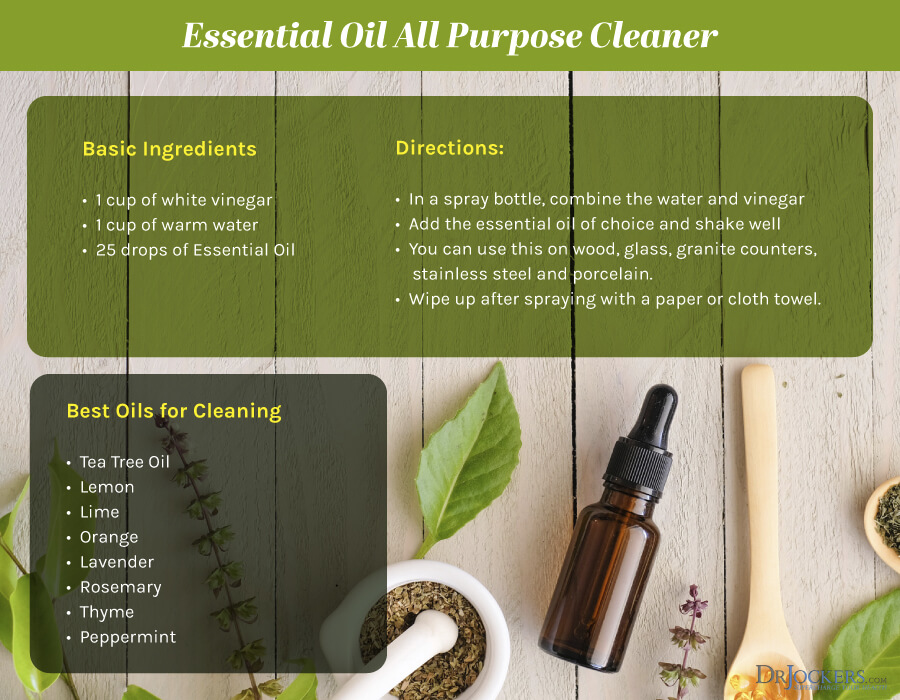
To Summarize:
- Essential oils have so much to offer us. They are here for us, during all phases of life.
- While the sheer number of choices and applications of these oils can be overwhelming, it is possible to access their healing powers even as a beginner.
- Aromatherapy and EO’s have been utilized and applied throughout human history.
- Different methods including the aromatic method, topical method, ingestion and external applications can be used safely and effectively by even beginners, provided they are cautious.
- The benefits of EO’s are diverse and manifold-for our homes, our bodies and our souls.
- Use caution when using the oils! Extra caution should be used when applying oils for children and pregnant women. Always consult a qualified health care practitioner with experience using essential oils before ingesting EO’s.
- These oils are powerhouses. One single pound of pure rose oil contains the essence of over 10,000 lbs of rose petals!
- With such profound healing, decadent, amorous and delicious possibilities in such a small package, EO’s are one of life’s great joys-just waiting for you to access them.
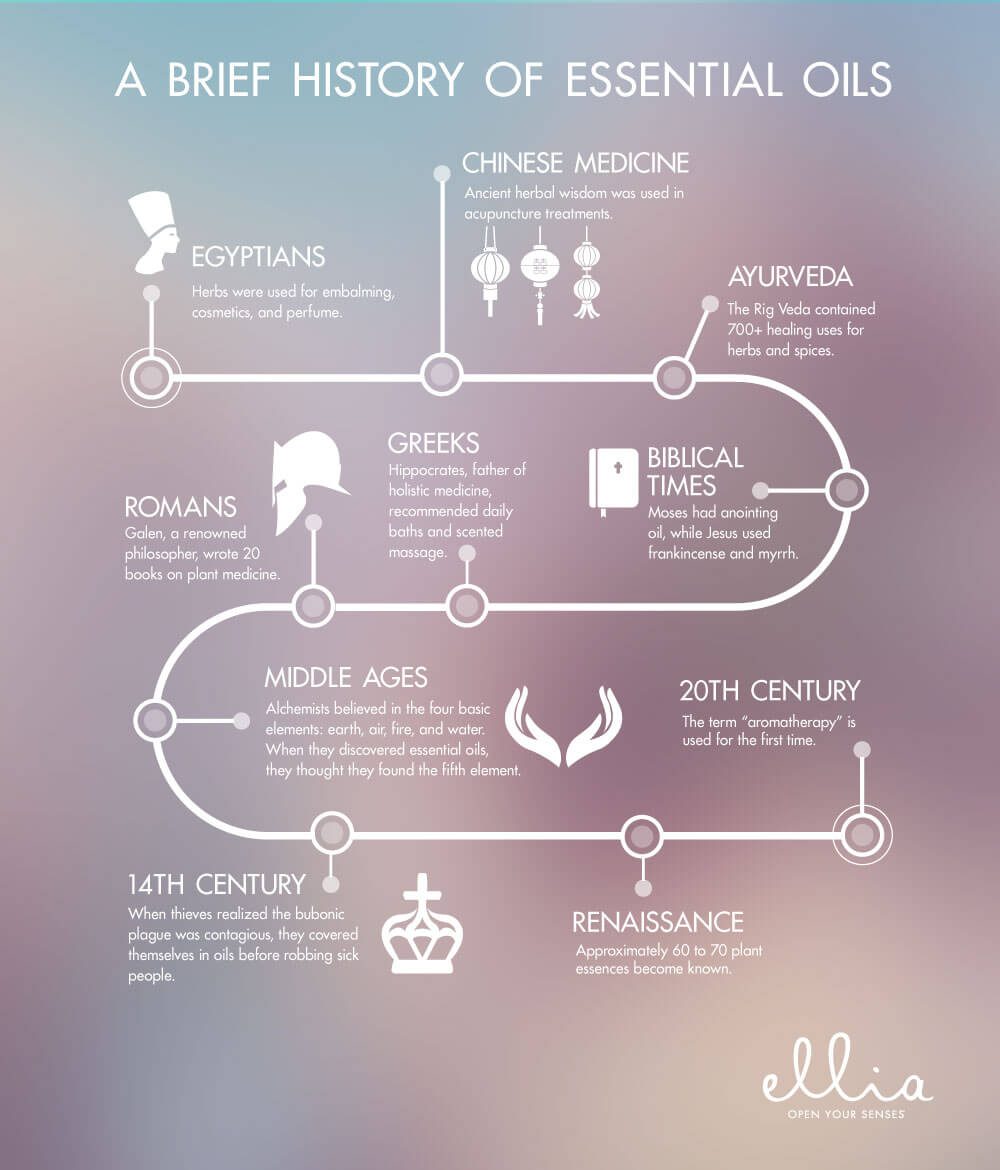
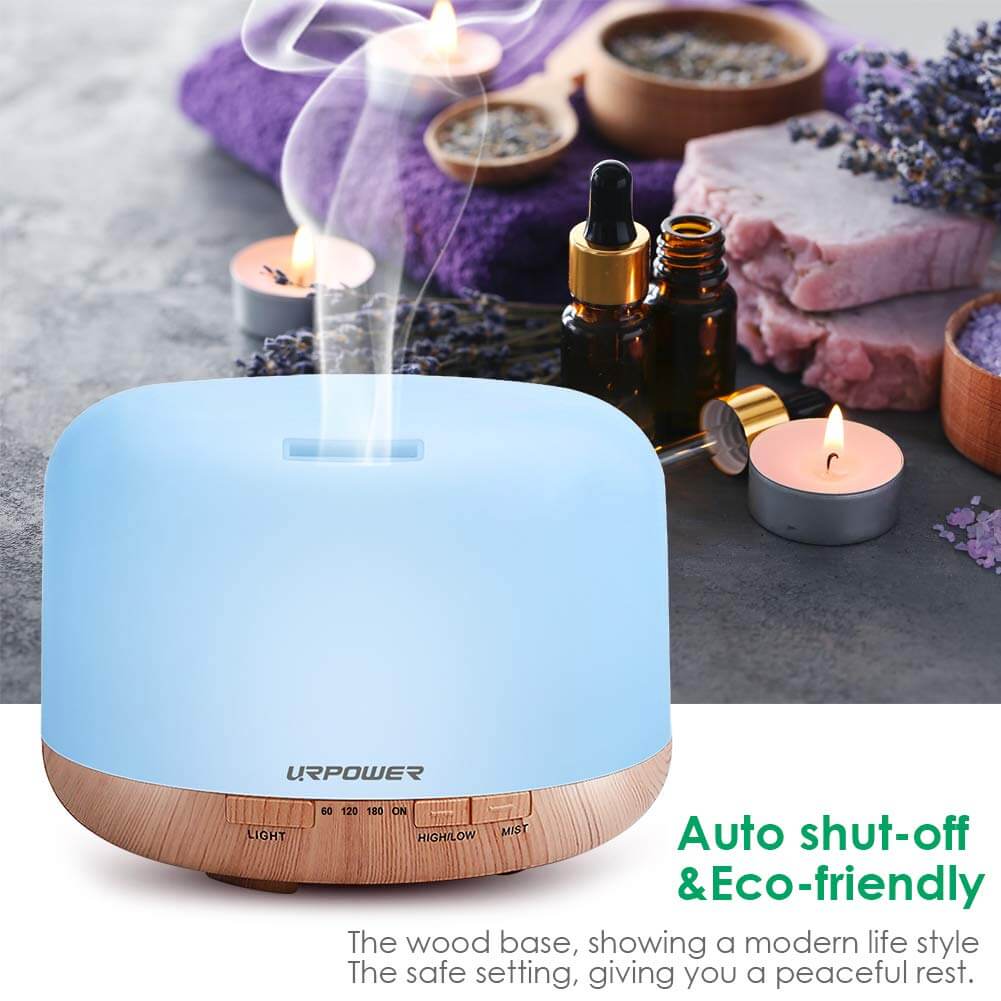



Today you had an article about an essential oil called Circadian Rhythm. I cannot find the email that it was in. Can you supply a link to that product?
Yes here it is: https://bit.ly/2Dxo76E
I have a vague recollection of you sharing an anointing oil recipe… Can’t seem to find it. Maybe I’ll just look in Exodus. 😆
Thank you so much for all of your research and writing. You share so much information with us. I know you spend a lot of time doing it, and I appreciate you.